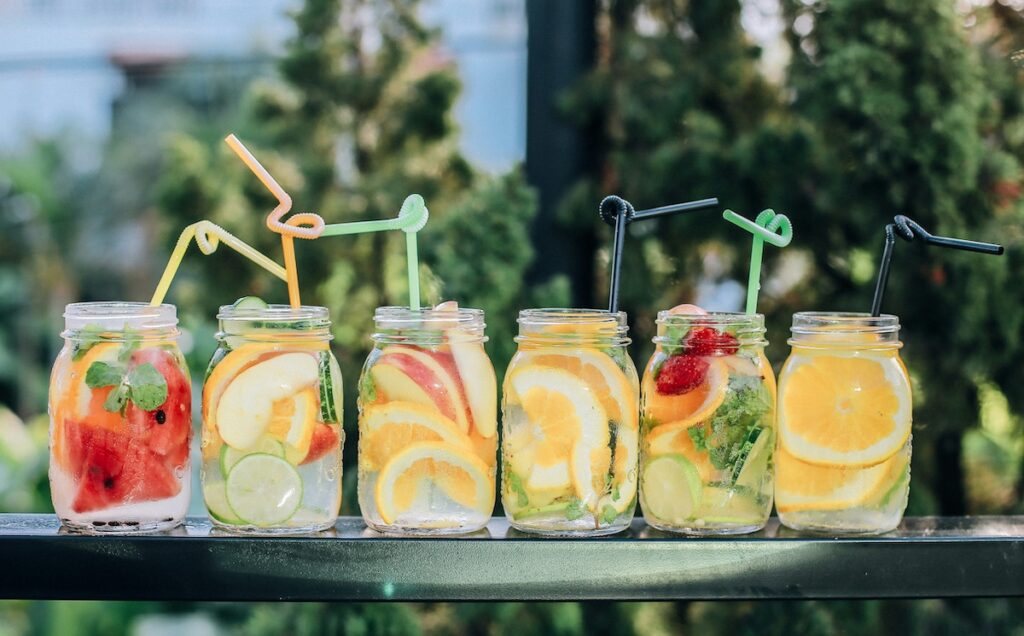
Whether you’re a solo marketer juggling campaign reporting or a CMO guiding a team, Google Analytics 4 (GA4) can either be your best friend or an overwhelming data maze. The key? Stop gulping—start sipping.
This field guide helps you plug GA4 into your daily or weekly routines with small, insightful practices (SIPs), while saving strategic deep dives (GULPs) for quarterly or annual reporting that is geared to a more generalized, understanding of long-term performance.
Below you will find real-world use cases with step-by-step report paths and actionable insights so you can go from guessing to analyzing.
Use Case 1: “I launched a seasonal campaign – did it work?”
SIP Check (during campaign). Purpose is to scan, interpret, and pinpoint any immediate issues while there’s still time to optimize performance.
Report stack:
Traffic Acquisition → Session Campaign
- Evaluate volume and impact (Sessions and Key events)
- Add Secondary Dimension: Landing Page
- Use Search… to filter the tabular data to show the campaign landing page only
What this tells you:
- Which channels brought traffic to your campaign landing page
- Are people engaging with the landing page
- Do visitors complete your campaign call to action (check key events like purchases or newsletter sign-ups)
What to do next:
- High traffic, low conversion? Check the clarity of the call to action, re-test the functionality and design of the landing page, and use the Pages and Screens report to compare the Average engagement time per active users to similar landing pages.
- Low traffic? Revisit campaign promotion channels or creative.
GULP Check (post-campaign). Purpose is to look more generally at the campaign to understand what worked and what is replicable or requires fixing next time.
- Use the same reports, but set a custom date range (e.g., campaign dates vs. the relevant previous period)
- Compare Key events and Monetization data over time
Use Case 2: “We enhanced key product pages – is it working? Should we roll out the changes to more product pages”
SIP Check (weekly). Purpose is to check for any immediate signals that the changes are effective.
Report stack:
Pages and Screens → Compare to similar pages
- Use the Search to compare page types (e.g., search for /shop/ pages or /products/).
What this tells you:
- Do the updated pages have more views, more engagement, more key events
What to do next:
- If views and engagement metrics are good, but key events have not improved, then further optimize calls to action by reviewing pages with high conversion and assessing any differences in creative or content that could be a factor.
- Consider adding a tool like MS Clarity to capture heat map data and to better understand how users are interacting with the pages.
Use Case 3: “We’re promoting a discount or giveaway – are people taking action?”
SIP Check (during promotion)
Report stack:
Monetization Overview → View order coupons
- Confirm order coupons or promo codes are being used and the number of purchases made with the coupon or code.
Ecommerce purchases → Item performance
- If the promotion is for a particular product then review the item views, add to carts, and purchase for that product. Use the date range to compare performance before and after the introduction of the promo.
Path Exploration → Reverse path from a page or event
- To understand how people arrive at a giveaway page or where they go after, you can use a path exploration to see the various steps they take. Same if you want to understand the steps to/from a certain event (e.g., view_promotion, view_item_list, select_item)
What this tells you:
- If users are seeing and applying your promo code
- The journey they took before converting
What to do next:
- If promo views are high but usage is low, review clarity or visibility of the offer
- If drop-offs happen mid-funnel, check navigation or form experience
Reporting Strategy: SIPs vs. GULPs
🥤 SIP: Small Insightful Practices (or Scan. Interpret. Prioritize)
- Focus on the habit of regular, bite-sized check-ins that lead to better decision making. SIPs are manageable and purposeful.
- Use case: Track in-flight campaigns.
- Frequency: Weekly or mid-campaign
🥛 GULP: Generalized, Understanding of Long-term Performance (or Gather. Understand. Learn. Pivot)
- Works for broader, more reflective reporting over time. It’s what you do when you’re stepping back from the day to day.
- Use case: Analyze full campaigns or trends
- Frequency: Monthly, quarterly or annually
Pro Tips
- Always compare periods: Use “Compare to previous period” or “previous year” to assess change.
- Customize GA4 events: Track what matters to you—newsletter signups, downloads, purchases.
- Save Explorations for repeat views or to share with your team.
- Use annotations or a campaign calendar to note key changes and launch dates.


